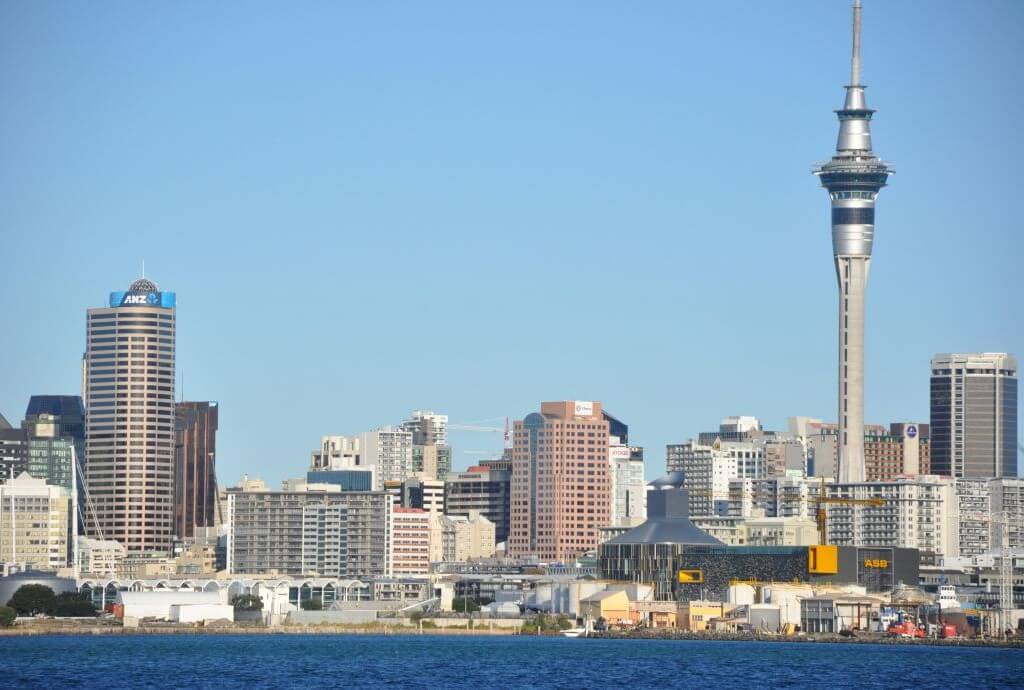Summarised by Centrist
Net overseas migration to New Zealand has fallen to a two-and-a-half-year low, roughly half the long-term average. This slowdown has contributed to an easing of pressure on housing affordability.
Real house prices and rents have retreated to pre-pandemic levels. Lower mortgage rates have further improved the ability of New Zealanders to enter the property market.
However, the immigration dip has also coincided with softer consumer demand and sluggish economic growth.
The government is responding with several visa initiatives aimed at boosting migration numbers and stimulating the economy.
Recent policies include the introduction of a ‘Parent Boost’ visa allowing migrants to bring their parents for extended stays, and a relaxation of rules around foreign investor visas, with cuts in required investment amounts and removal of English language requirements. There has been strong interest from applicants in the United States, China, and Hong Kong.
International education is another focus. The government has increased the number of work hours international students can undertake during the academic term, aiming to boost enrollments and expand the sector’s economic contribution. This strategy may blur the lines between study and work visas, potentially encouraging non-genuine student applicants.
Supporters argue that attracting talent and investment is essential to driving economic growth and supporting communities. Yet, some caution these policies risk increasing migration of lower-productivity individuals and placing additional strain on social services and infrastructure.



















